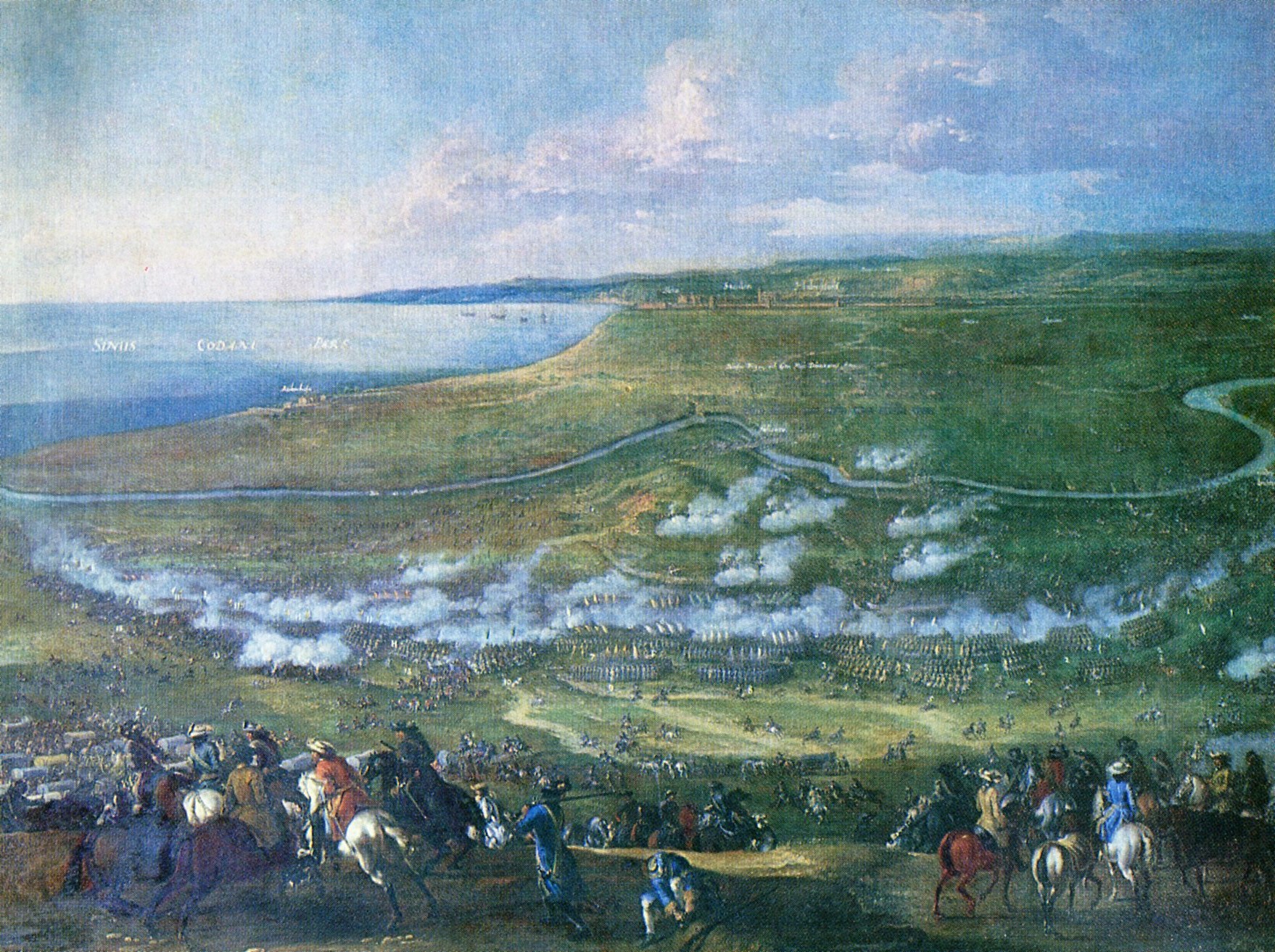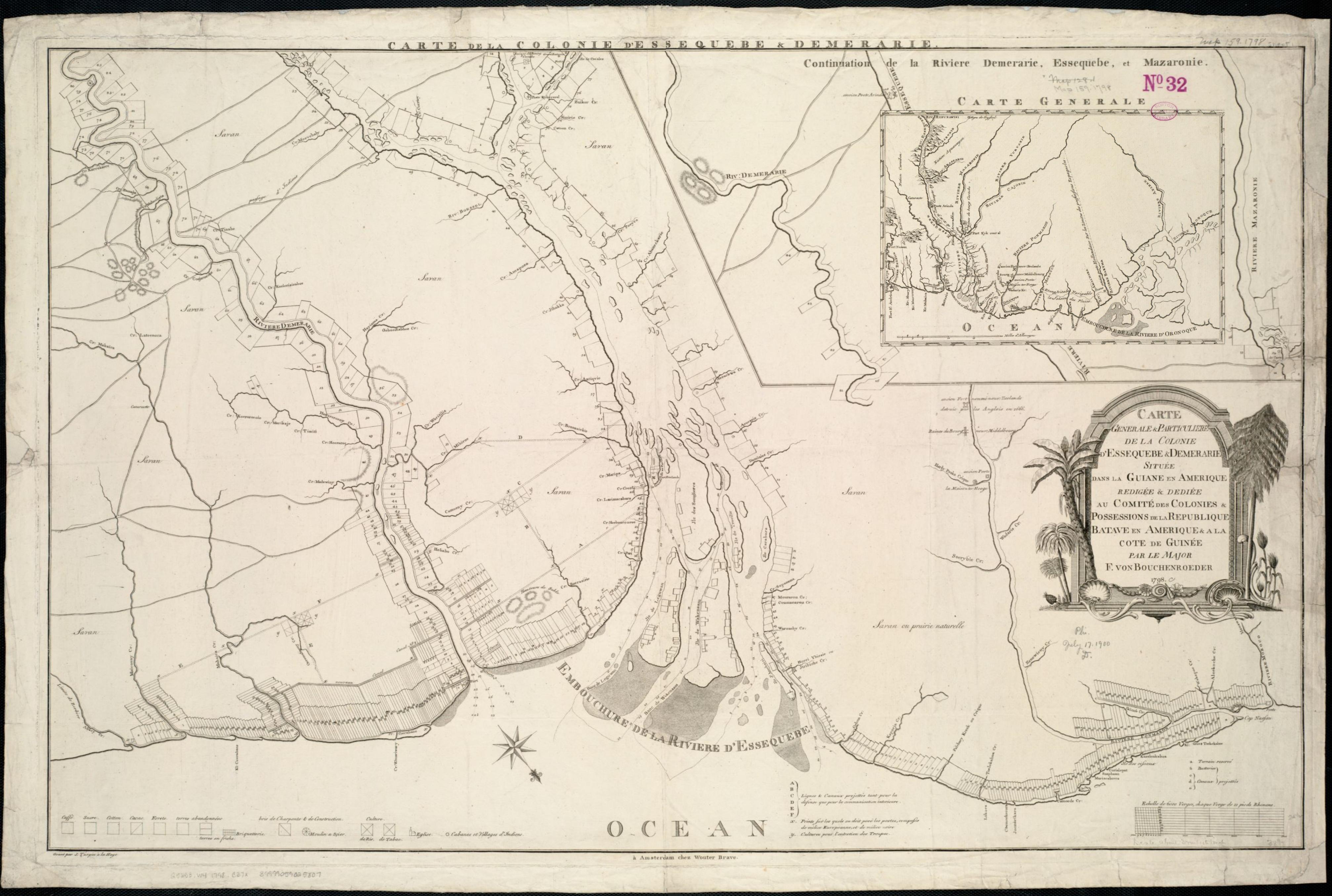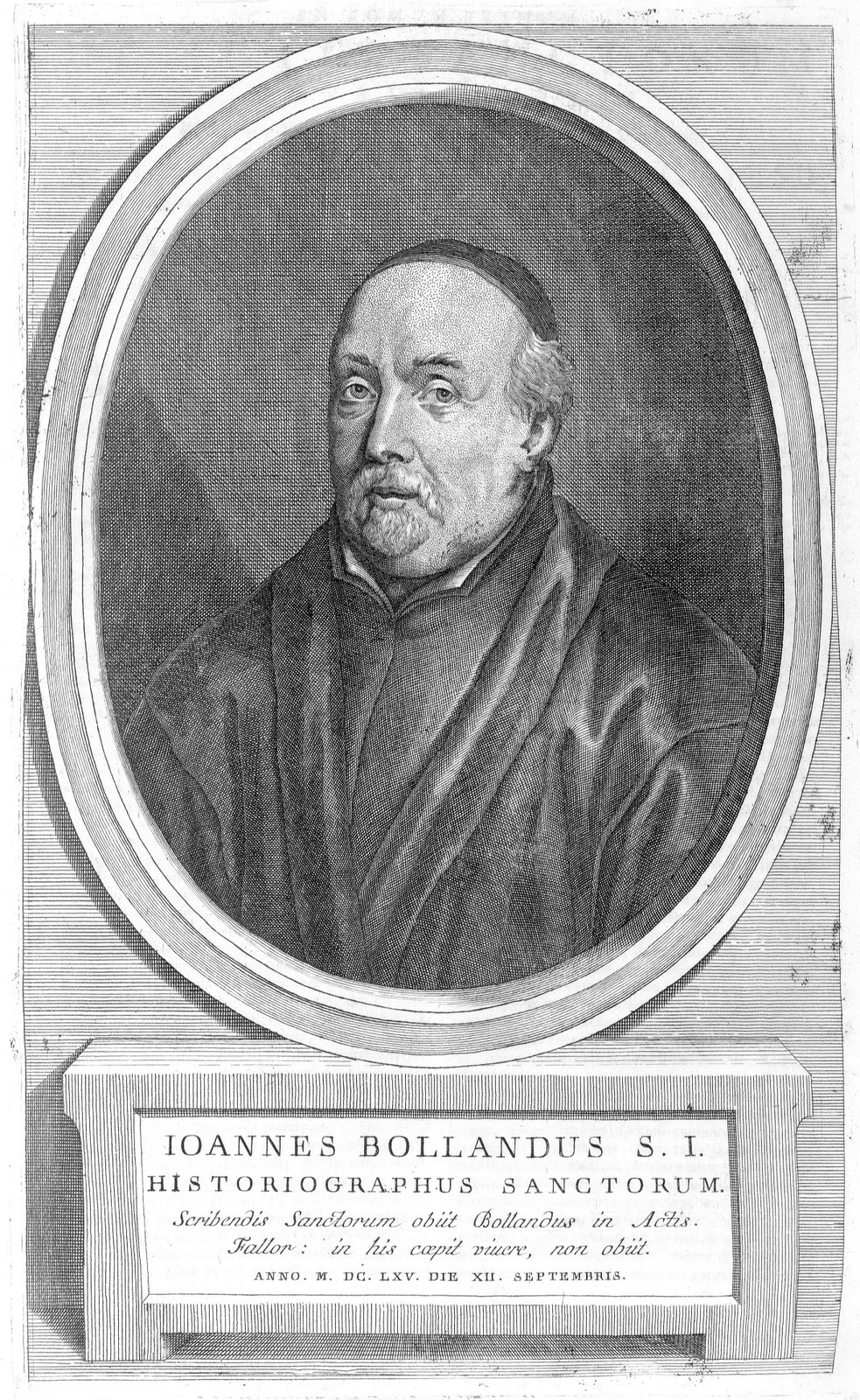|
Macarius Simeomo
Macarius Simeomo or Simeomus, born Jean-Baptiste (1616–1676) was the 44th abbot of St. Michael's Abbey, Antwerp. Life Jean-Baptiste Simeomo was born in Antwerp in 1616 to Marc-Aurelio Simeomo and Sara de la Chambre and was baptised in Antwerp Cathedral on 13 May of that year.Paul Bergmans, "Simeomo (Jean-Baptiste, en religion Macaire)", '' Biographie Nationale de Belgique''vol. 22(Brussels, 1920), 517-518. His father was an Italian merchant in the city. He was educated at the Jesuit college in Antwerp and on 2 February 1634 was professed at St Michael's Abbey, taking the religious name Macarius. He studied philosophy and theology, spending three years at the Premonstratensian College, Leuven. He was ordained to the priesthood in 1640 and graduated with a Licentiate of Sacred Theology from Leuven University in 1645. In 1652, Simeomo preached the funeral sermon for Abbot Johannes Chrysostomus vander Sterre.Simeomo, ''Laudatio funebris in exequiis reverendissimi domini D. Ioannis ... [...More Info...] [...Related Items...] OR: [Wikipedia] [Google] [Baidu] |
Vicar General
A vicar general (previously, archdeacon) is the principal deputy of the bishop of a diocese for the exercise of administrative authority and possesses the title of local ordinary. As vicar of the bishop, the vicar general exercises the bishop's Ordinary (church officer), ordinary executive (government), executive power over the entire diocese and, thus, is the highest official in a diocese or other particular church after the diocesan bishop or his equivalent in canon law. The title normally occurs only in Western Christian churches, such as the Latin Church of the Catholic Church and the Anglican Communion. Among the Eastern churches, the Mar Thoma Syrian Church of Kerala uses this title and remains an exception. The title for the equivalent officer in the Eastern churches is syncellus and protosyncellus. The term is used by many religious orders of men in a similar manner, designating the authority in the Order after its Superior General. Ecclesiastical structure In the R ... [...More Info...] [...Related Items...] OR: [Wikipedia] [Google] [Baidu] |
Abbots From The Spanish Netherlands
Abbot is an ecclesiastical title given to the male head of a monastery in various Western religious traditions, including Christianity. The office may also be given as an honorary title to a clergyman who is not the head of a monastery. The female equivalent is abbess. Origins The title had its origin in the monasteries of Egypt and Syria, spread through the eastern Mediterranean, and soon became accepted generally in all languages as the designation of the head of a monastery. The word is derived from the Aramaic ' meaning "father" or ', meaning "my father" (it still has this meaning in contemporary Hebrew: אבא and Aramaic: ܐܒܐ) In the Septuagint, it was written as "abbas". At first it was employed as a respectful title for any monk, but it was soon restricted by canon law to certain priestly superiors. At times it was applied to various priests, e.g. at the court of the Frankish monarchy the ' ("of the palace"') and ' ("of the camp") were chaplains to the Merovingian an ... [...More Info...] [...Related Items...] OR: [Wikipedia] [Google] [Baidu] |
17th-century Christian Clergy
The 17th century lasted from January 1, 1601 ( MDCI), to December 31, 1700 ( MDCC). It falls into the early modern period of Europe and in that continent (whose impact on the world was increasing) was characterized by the Baroque cultural movement, the latter part of the Spanish Golden Age, the Dutch Golden Age, the French ''Grand Siècle'' dominated by Louis XIV, the Scientific Revolution, the world's first public company and megacorporation known as the Dutch East India Company, and according to some historians, the General Crisis. From the mid-17th century, European politics were increasingly dominated by the Kingdom of France of Louis XIV, where royal power was solidified domestically in the civil war of the Fronde. The semi-feudal territorial French nobility was weakened and subjugated to the power of an absolute monarchy through the reinvention of the Palace of Versailles from a hunting lodge to a gilded prison, in which a greatly expanded royal court could be more easily ... [...More Info...] [...Related Items...] OR: [Wikipedia] [Google] [Baidu] |
1676 Deaths
Events January–March * January 29 – Feodor III becomes Tsar of Russia. * January 31 – Universidad de San Carlos de Guatemala, the oldest institution of higher education in Central America, is founded. * January – Six months into King Philip's War, Metacomet (King Philip), leader of the Algonquian tribe known as the Wampanoag, travels westward to the Mohawk nation, seeking an alliance with the Mohawks against the English colonists of New England; his efforts in creating such an alliance are a failure. * February 10 – After the Nipmuc tribe attacks Lancaster, Massachusetts, colonist Mary Rowlandson is taken captive, and lives with the Indians until May. * February 14 – Metacomet and his Wampanoags attack Northampton, Massachusetts; meanwhile, the Massachusetts Council debates whether a wall should be erected around Boston. * February 23 – While the Massachusetts Council debates how to handle the Christian Indians they had exile ... [...More Info...] [...Related Items...] OR: [Wikipedia] [Google] [Baidu] |
1616 Births
Events January–June * January ** Six-year-old António Vieira arrives from Portugal, with his parents, in Bahia (present-day Salvador) in Colonial Brazil, where he will become a diplomat, noted author, leading figure of the Church, and protector of Brazilian indigenous peoples, in an age of intolerance. ** Officials in Württemberg charge astronomer Johannes Kepler with practicing "forbidden arts" (witchcraft). His mother had also been so charged and spent 14 months in prison. * January 1 – King James I of England attends the masque ''The Golden Age Restored'', a satire by Ben Jonson on fallen court favorite the Robert Carr, 1st Earl of Somerset, Earl of Somerset. The king asks for a repeat performance on January 6. * January 3 – In the court of James I of England, the king's favorite George Villiers, 1st Duke of Buckingham, George Villiers becomes Master of the Horse (encouraging development of the thoroughbred horse); on April 24 he receives the Order of the Gart ... [...More Info...] [...Related Items...] OR: [Wikipedia] [Google] [Baidu] |
Abbot
Abbot is an ecclesiastical title given to the male head of a monastery in various Western religious traditions, including Christianity. The office may also be given as an honorary title to a clergyman who is not the head of a monastery. The female equivalent is abbess. Origins The title had its origin in the monasteries of Egypt and Syria, spread through the eastern Mediterranean, and soon became accepted generally in all languages as the designation of the head of a monastery. The word is derived from the Aramaic ' meaning "father" or ', meaning "my father" (it still has this meaning in contemporary Hebrew: אבא and Aramaic: ܐܒܐ) In the Septuagint, it was written as "abbas". At first it was employed as a respectful title for any monk, but it was soon restricted by canon law to certain priestly superiors. At times it was applied to various priests, e.g. at the court of the Frankish monarchy the ' ("of the palace"') and ' ("of the camp") were chaplains to the Merovingian and ... [...More Info...] [...Related Items...] OR: [Wikipedia] [Google] [Baidu] |
Bollandists
The Bollandist Society ( la, Societas Bollandistarum french: Société des Bollandistes) are an association of scholars, philologists, and historians (originally all Jesuits, but now including non-Jesuits) who since the early seventeenth century have studied hagiography and the cult of the saints in Christianity. Their most important publication has been the ''Acta Sanctorum'' (The Lives of the Saints). They are named after the Flemish Jesuit Jean Bollandus (1596–1665). ''Acta Sanctorum'' The idea of the ''Acta Sanctorum'' was first conceived by the Dutch Jesuit Heribert Rosweyde (1569–1629), who was a lecturer at the Jesuit college of Douai. Rosweyde used his leisure time to collect information about the lives of the saints. His principal work, the 1615 ''Vitae Patrum'', became the foundation of the ''Acta Sanctorum''. Rosweyde contracted a contagious disease while ministering to a dying man, and died himself on October 5, 1629, at the age of sixty. Father Jean Bollandus wa ... [...More Info...] [...Related Items...] OR: [Wikipedia] [Google] [Baidu] |
States Of Brabant
The States of Brabant were the representation of the three estates (nobility, clergy and commons) to the court of the Duke of Brabant. The three estates were also called the States. Supported by the economic strength of the cities Antwerp, Brussels and Leuven, the States always were an important power before the rulers of the country, as was reflected by the charter of the duchy. After the duchy of Brabant and all Seventeen Provinces of the Netherlands came under the rule of the dukes of Burgundy, the States of Brabant became the host of the States-General of the Netherlands, who used to assemble in Brussels. In 1579 and 1580, during the Eighty Years' War, most cities and States of Brabant joined Dutch independence declaration (Union of Utrecht and Act of Abjuration), but Spanish troops reconquered most of the territory of the duchy and restored Spanish Catholic rule (except for North Brabant. See also Siege of Antwerp (1584-1585)). By the end of 1789, the States of Brabant aga ... [...More Info...] [...Related Items...] OR: [Wikipedia] [Google] [Baidu] |
Premonstratensian Order
The Order of Canons Regular of Prémontré (), also known as the Premonstratensians, the Norbertines and, in Britain and Ireland, as the White Canons (from the colour of their habit), is a religious order of canons regular of the Catholic Church founded in Prémontré near Laon in 1120 by Norbert of Xanten, who later became Archbishop of Magdeburg. Premonstratensians are designated by ''OPraem'' (''Ordo Praemonstratensis'') following their name. Norbert was a friend of Bernard of Clairvaux and was largely influenced by the Cistercian ideals as to both the manner of life and the government of his order. As the Premonstratensians are not monks but canons regular, their work often involves preaching and the exercising of pastoral ministry; they frequently serve in parishes close to their abbeys or priories. History The order was founded in 1120. Saint Norbert had made various efforts to introduce a strict form of canonical life in various communities of canons in Germany; in 1120 h ... [...More Info...] [...Related Items...] OR: [Wikipedia] [Google] [Baidu] |
Canonical Visitation
In the Catholic Church, a canonical visitation is the act of an ecclesiastical superior who in the discharge of his office visits persons or places with a view to maintaining faith and discipline and of correcting abuses. A person delegated to carry out such a visitation is called a visitor. When, in exceptional circumstances, the Holy See delegates an apostolic visitor (or visitors) "to evaluate an ecclesiastical institute such as a seminary, diocese, or religious institute ..to assist the institute in question to improve the way in which it carries out its function in the life of the Church," this is known as an apostolic visitation. Usage The practice was reaffirmed in the Catholic Church by the Council of Trent (1545 to 1563) in these words: Of the purpose of visitation the Council says: Rights of visitation The right of visitation belongs to all prelates who have ordinary jurisdiction over persons in the external forum. The pope through his delegates may institute a vis ... [...More Info...] [...Related Items...] OR: [Wikipedia] [Google] [Baidu] |





